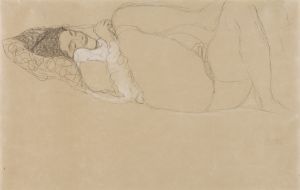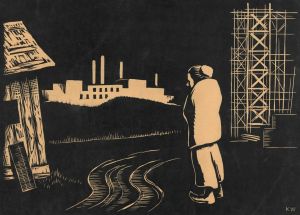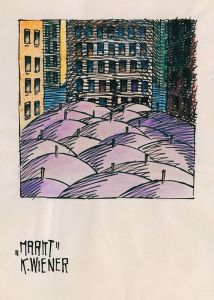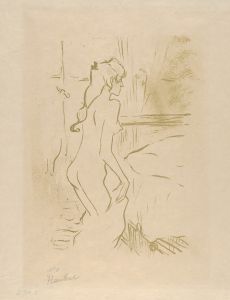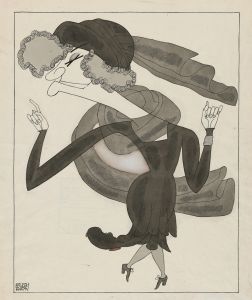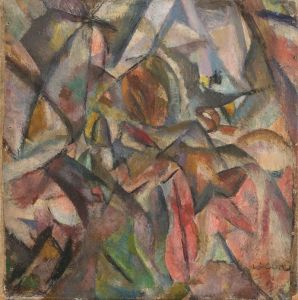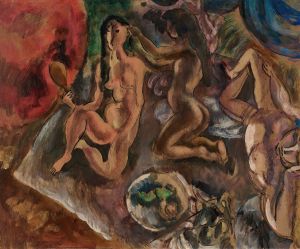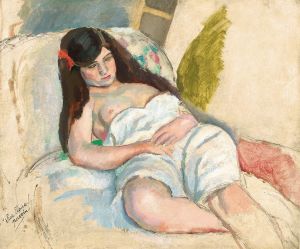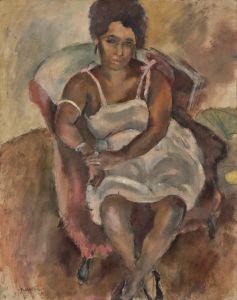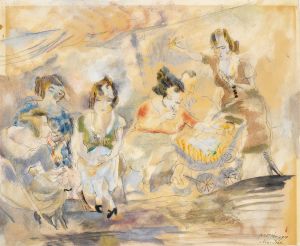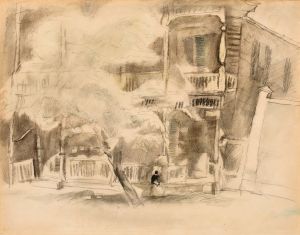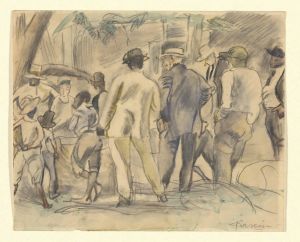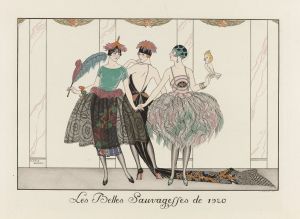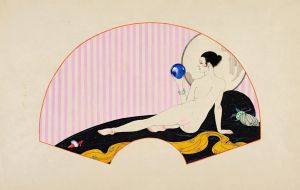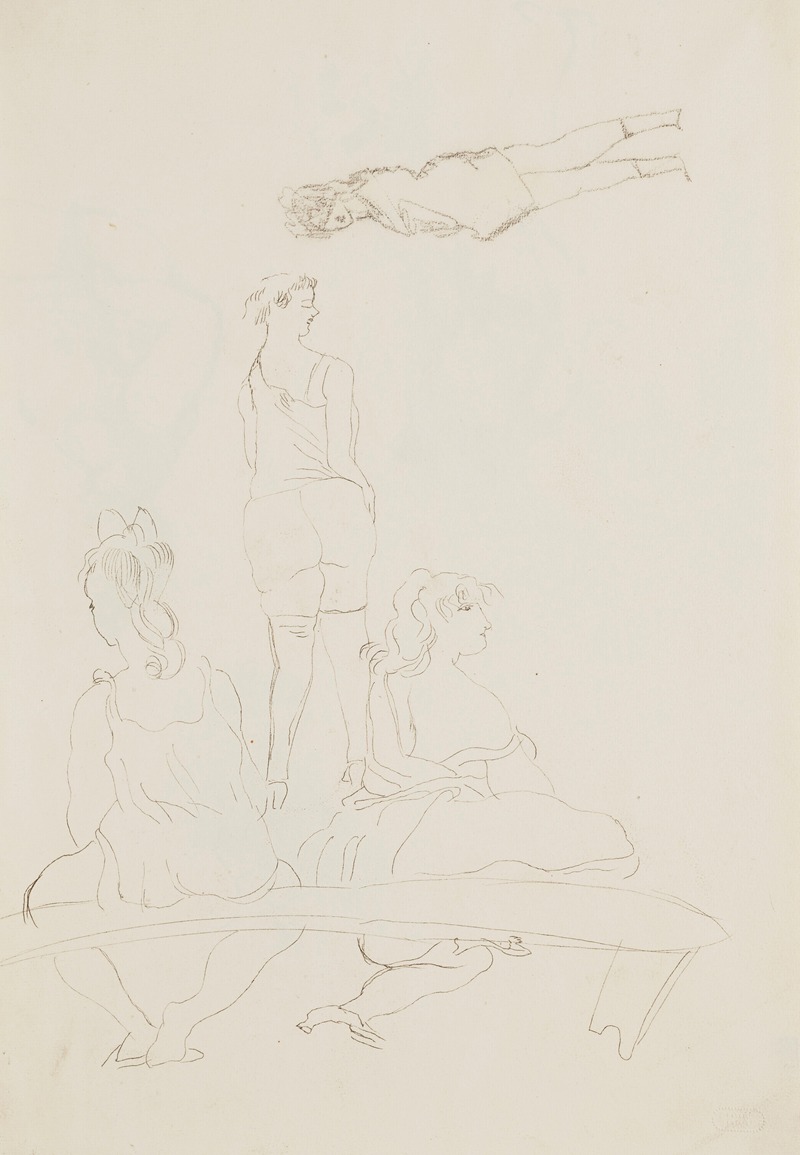
La Banquette
A hand-painted replica of Jules Pascin’s masterpiece La Banquette, meticulously crafted by professional artists to capture the true essence of the original. Each piece is created with museum-quality canvas and rare mineral pigments, carefully painted by experienced artists with delicate brushstrokes and rich, layered colors to perfectly recreate the texture of the original artwork. Unlike machine-printed reproductions, this hand-painted version brings the painting to life, infused with the artist’s emotions and skill in every stroke. Whether for personal collection or home decoration, it instantly elevates the artistic atmosphere of any space.
Jules Pascin, born Julius Mordecai Pincas in 1885, was a Bulgarian-born artist known for his contributions to the early 20th-century art scene, particularly in Paris. He was a prominent figure in the Montparnasse district, which was a hub for artists and intellectuals during this period. Pascin's work is characterized by its fluid lines and often delicate, ethereal quality, capturing the essence of the bohemian lifestyle and the human form with a unique sensitivity.
"La Banquette" is one of Pascin's notable works, though specific details about the painting, such as its creation date or its current location, are not widely documented in available sources. However, like many of Pascin's works, it likely reflects his interest in the human figure and social scenes, often depicted with a sense of intimacy and immediacy. Pascin's style is often associated with the Expressionist movement, although his work also shows influences from Impressionism and Fauvism, characterized by vibrant colors and expressive brushwork.
Pascin's life and career were marked by his travels and experiences across Europe and the United States. He moved to Paris in 1905, where he became part of the vibrant artistic community, mingling with other artists such as Amedeo Modigliani, Chaim Soutine, and Marc Chagall. His work during this time often depicted scenes from cafes, bars, and the lively streets of Paris, capturing the spirit of the city and its inhabitants.
Despite his success, Pascin struggled with personal issues, including depression and alcoholism, which were exacerbated by the pressures of his career and personal relationships. These struggles often influenced the mood and tone of his work, adding a layer of depth and complexity to his depictions of human subjects.
Pascin's contributions to art were significant during his lifetime, and his works continue to be studied and appreciated for their emotional depth and technical skill. His ability to convey the subtleties of human emotion and the nuances of social interaction set his work apart from many of his contemporaries. Unfortunately, Pascin's life was cut short when he died by suicide in 1930, leaving behind a legacy of poignant and evocative art.
While specific information about "La Banquette" is limited, it can be appreciated within the broader context of Pascin's oeuvre, which often explored themes of human interaction, social environments, and the complexities of the human condition. His work remains a testament to the vibrant and often tumultuous world of early 20th-century art, reflecting both the personal and universal aspects of life during this dynamic period.





